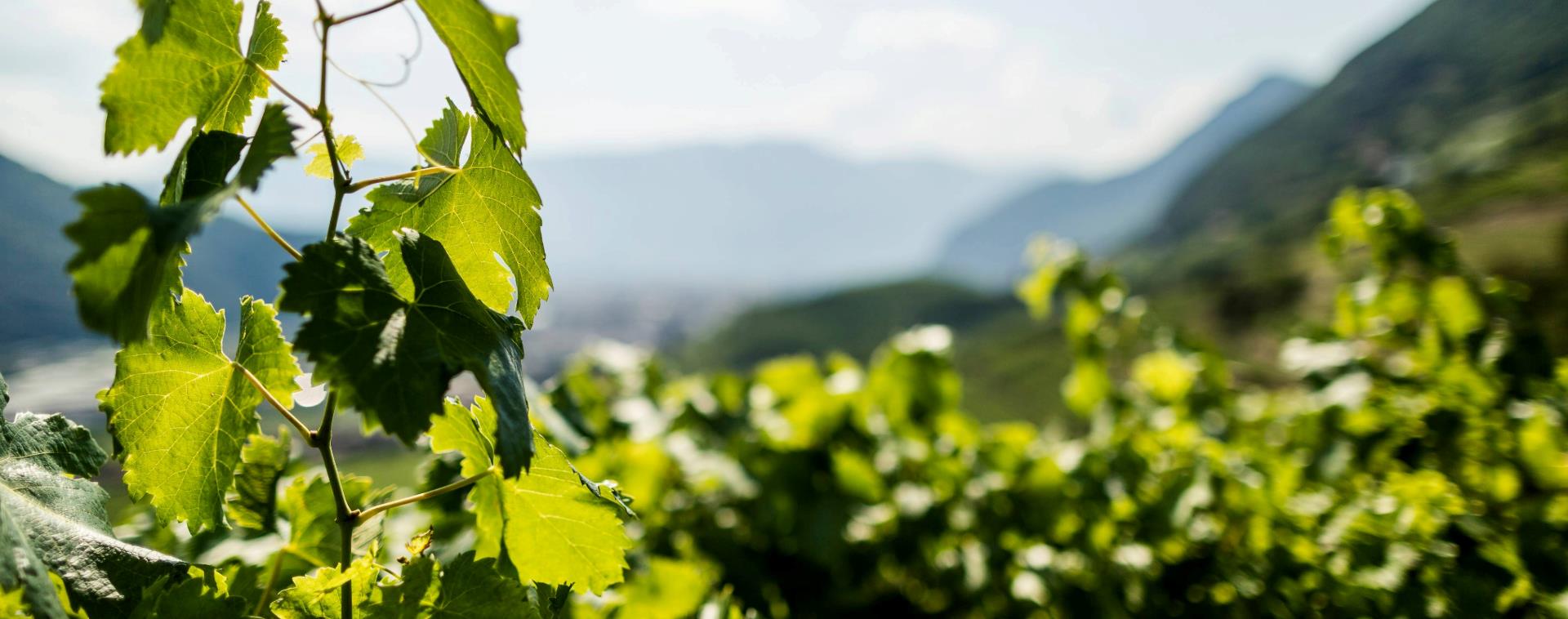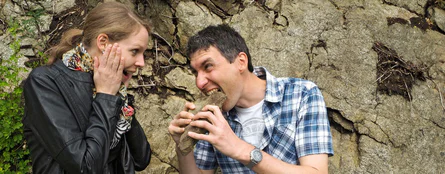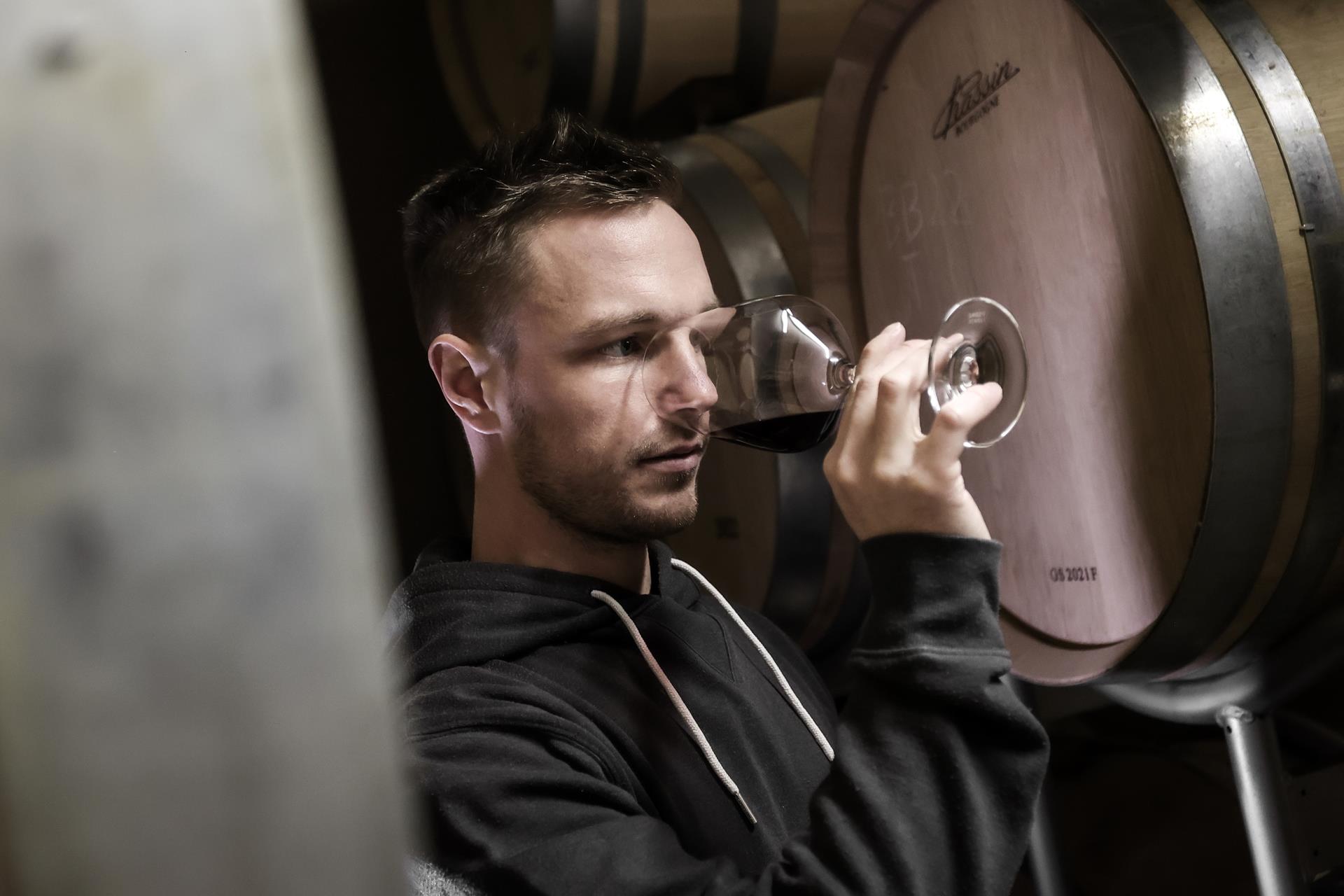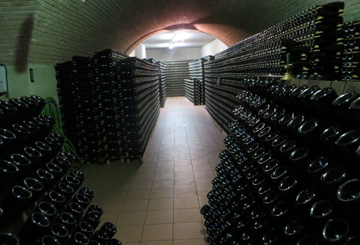The brothers Markus and Thomas Puff are responsible for the wine production at the impressively 700 year-old Pitznerhof in Cardano at the entrance to the Valle Isarco. Their farmhouse lies at an elevation of precisely 350 meters, but the three hectares of grape growing areas are on steep slopes with deep, sandy weathered porphyry soils. “We attempt to integrate the local conditions and the microclimate into the production process in the best possible way,” says Markus Puff.
And in the winery, there is also the underlying principle of working with the grapes gently. Thus the overall picture comes together of production that is close to nature along the entire chain. “We try to fulfill our responsibility by stressing nature as little as possible,” Puff says.
This approach also forms the cornerstone for the quality of the wines from the Pitznerhof in Cardano. The product line includes Pinot Grigio, Pinot Blanc, Schiava, and Lagrein: potent, fine-structured white wines with pleasant freshness and a fine mineral-rich quality, but also spicy, pleasantly fruity, and lively reds.






















